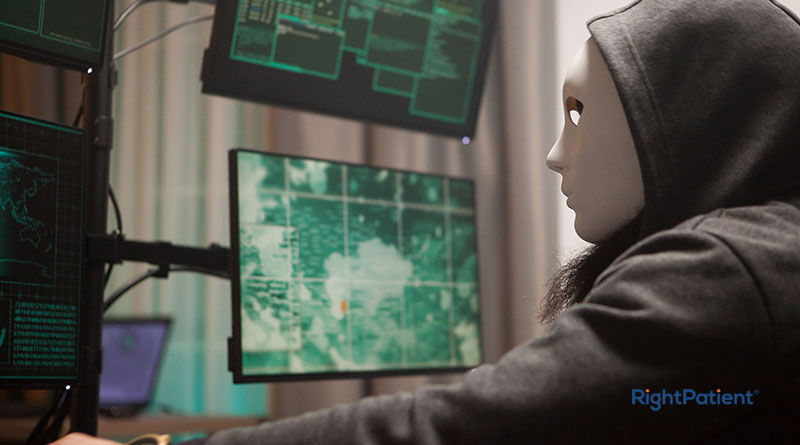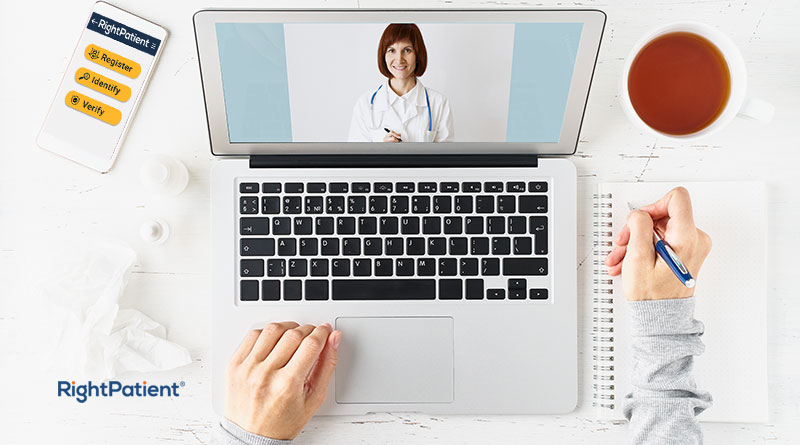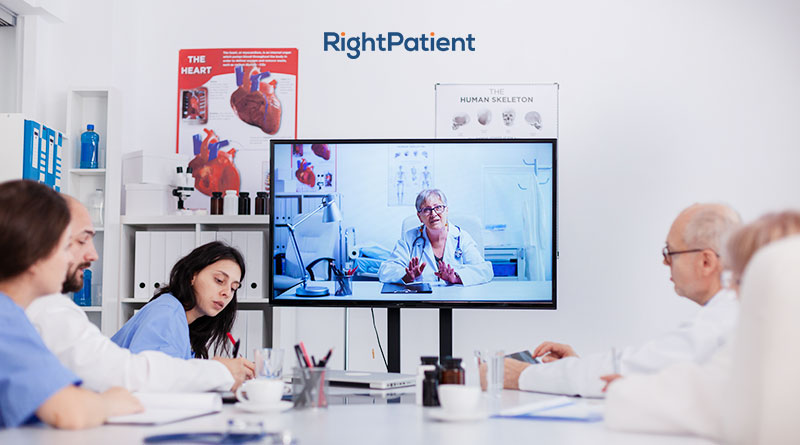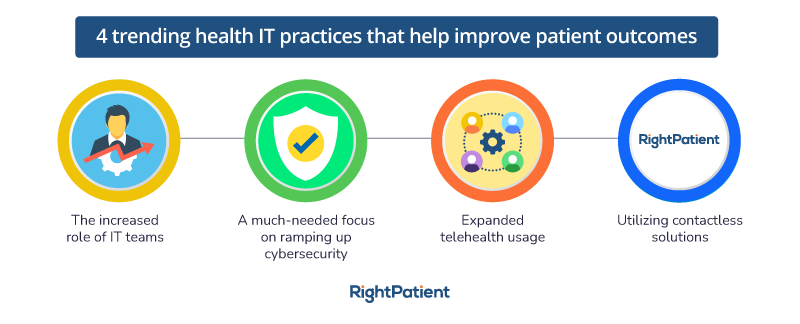RightPatient Partners with Harris Healthcare to Secure and Maintain EMPI Data Integrity

Very recently, RightPatient and Harris Healthcare’s DIS (Data Integrity Solutions) Business Unit have announced a strategic partnership to tackle patient data integrity issues by ensuring accurate patient identification.

Harris DIS includes QuadraMed, which focuses on EMPI management and data cleanups, and Just Associates, focused on helping hospitals and health systems achieve and maintain a highly accurate and quality MPI. QuadraMed provides end-to-end patient identity management to prevent duplicate medical records and dirty patient data to improve patient data integrity. From data analysis to cleanups, Just Associates performs the critical tasks necessary for a pristine MPI. Its state-of-the-art suite of identity management solutions and services includes continuous duplicate detection (IDSentry™), ongoing MPI management (IDManage™), and customized MPI clean-up services (IDResolve™).
By using the RightPatient Integrity Platform with Harris DIS’ existing solutions, patient identity management will be much more secure, accurate, and efficient. The collaboration provides important protections against front-end contamination of the MPI and EMPI and helps eliminate patient misidentification and safety issues created by “dirty” patient identification data.
The problem of patient misidentification and dirty patient data
Several factors cause front-end contamination and dirty patient data within an MPI or EMPI, such as frequent flyers, medical identity theft, and duplicate medical records. There may even be duplicate records that have very limited or contrasting information.
RightPatient Integrity Platform incorporates patient photos into the Quadramed SmartID platform, helping identify and resolve these challenging duplicate records that were created from cases of alias or stolen identities. This helps reduce new duplicate and overlaid medical records right from the start, while Just Associates focuses on creating and maintaining a pristine MPI/EMPI environment and supporting rapid and accurate patient identification.
RightPatient advances Harris DIS’ ability to address key health information issues by reducing the volume of potential duplicate medical records, preventing patient misidentification, enhancing patient safety, and ensuring patient data integrity across the care continuum. Doing so is more important than ever as remote patient registrations have increased due to COVID-19.
RightPatient and Harris DIS’ partnership aims to improve the overall efficacy of medical data clean-ups and ongoing data integrity efforts with RightPatient’s robust de-duplication engine. It secures patient information and minimizes the ongoing cost of maintaining quality patient data.
How RightPatient and Harris DIS improve patient identity management
Typically, an EMPI contains patient information from a health system’s several facilities such as labs, hospitals, physician practices, and pharmacies. Front-end contamination is common if positive patient identification isn’t ensured during the registration process. This later leads to dirty patient data, duplicates, overlays, patient safety incidents, write-offs, and more.
RightPatient and Harris DIS can address and solve patient misidentification right off the bat using patient photos.
During the registration process, hospitals collect the patient information along with their photos. The MPI data is then sent to QuadraMed for analysis and cleaning, after which RightPatient Integrity Platform receives a copy of the patient photos along with the corresponding MRNs (medical record numbers). Using RightPatient’s powerful photo-matching engine, the patient photos are deduplicated to bolster overall system analytics.
RightPatient Integrity Platform with Harris DIS can be used for:
- Existing EMPI data cleanup projects
- Identifying duplicates during the registration process
- Hospitals that are starting to capture patient photos
The impact of effective patient identity management
RightPatient’s leading touchless patient identification platform is being utilized by numerous healthcare providers to identify their patients safely, reliably, and effectively.
During the registration process at hospitals and healthcare facilities, patients just look at the camera and the platform takes a photo and attaches it to the medical record. During remote registrations, patients receive an SMS after which they provide a selfie and a photo of their driver’s license. The platform then searches for a match between the two photos and assigns biometric credentials to new patients.
The same expertise comes with the RightPatient Integrity Platform which can be seamlessly integrated with any EHR, including QuadraMed’s SmartID Platform. This enables healthcare providers to:
- Prevent duplicate and overlaid medical records during registration
- Ensure remote patient photo capture and authentication
- Bolster de-duplication and EMPI data cleanup efforts
- Ensure clean patient data across the care continuum
- Improve patient safety and prevent medical errors
- Reduce write-offs and denied claims
- Prevent cases of identity theft and “frequent flyers”






























